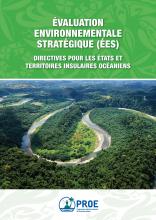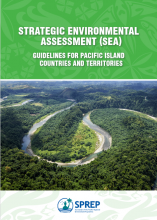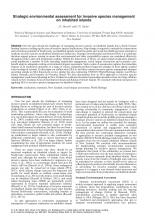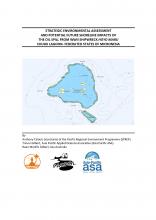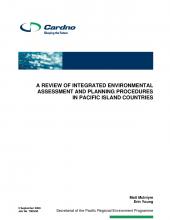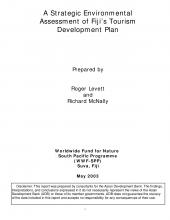Évaluation Environnementale Stratègique (ÉES) Directives Pour Les États Et Territories Insulaires Ocèaniens
SPREP Publications, Environmental Monitoring and Governance
Available Online
2020
Sort by
www.sprep.org © 2021 - 2024. All rights reserved
